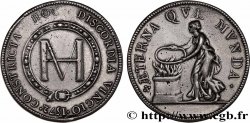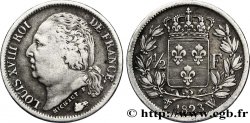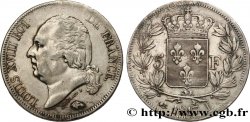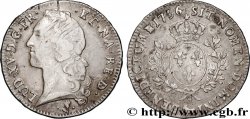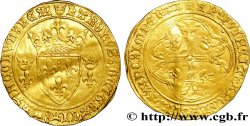fme_897895 - LOUIS XVIII Médaille, Naissance de Henri, duc de Bordeaux, futur comte de Chambord
90.00 €约 728.10 CNY
数量
加入购物车

种类 Médaille, Naissance de Henri, duc de Bordeaux, futur comte de Chambord
日期: 1820
材质 copper
直径 50 mm
模子方针 12 h.
硬币制模工 ANDRIEU Jean-Bertrand (1761-1822)
重量 66,44 g.
侧面 lisse
印模 sans poinçon
关于品相的说明
Jolie patine marron hétérogène, présentant de l’usure sur les reliefs. Présence de quelques coups et rayures
出版目录中的项代码 :
正面
正面的文字 LVDOVICVS. XVIII - FRANC. ET. NAV. REX.
正面的说明书 Buste de Louis XVIII à droite, un cordon dans les cheveux, signé : ANDRIEU F. et DE PUYMAURIN DI..
背面
背面的文字 GALLIA IMPETRATO VOTO RECREATA // DIE NATALI HENRICI CAROLV FERD MARIAE / ADEODATI ATREBAT DVCIS BVRDIGAL / XXIX SEPTEMBRIS MDCCCXX.
背面的说明书 Un génie ailé tenant dans ses bras le nouveau-né ; à gauche, la France personnifiée à l'antique tenant dans sa main gauche un bouclier sur lequel elle est en train d'écrire : HENRICVS / ALTER ; derrière, un buste de Henri IV sur un socle. Signé : ANDRIEU. FECIT.
评论
Henri d’Artois, petit-fils de France, duc de Bordeaux, est un prince de la famille royale de France, plus connu sous son titre de courtoisie de « comte de Chambord », né le 29 septembre 1820 au palais des Tuileries à Paris, et mort le 24 août 1883 au château de Frohsdorf à Lanzenkirchen en Autriche. Petit-fils du roi Charles X, il est prétendant à la Couronne de France de 1844 à sa mort.
Le nom d'Henri d'Artois, qui est celui qui figure sur son acte de naissance, n'était pas son nom d'usage et n'a été utilisé ni par lui, ni par les Français. Sous la Restauration, il portait le titre de duc de Bordeaux, que lui donna Louis XVIII en hommage à la première ville qui se rallia aux Bourbons en 1814. De 1830 à sa mort, il prit le titre de courtoisie de « comte de Chambord », du nom du château qui lui avait été offert par une souscription nationale. Ses partisans le considérèrent comme le roi « Henri V ».
Il est le dernier descendant légitime en ligne masculine de Louis XV et de Marie Leszczyńska. Sa mort sans enfants en 1883 marque l'extinction de la branche Artois de la maison capétienne de Bourbon et le début d'une querelle (toujours d'actualité) entre les maisons de Bourbon d’Espagne et d'Orléans pour savoir laquelle a le plus de légitimité à la Couronne de France.
Le nom d'Henri d'Artois, qui est celui qui figure sur son acte de naissance, n'était pas son nom d'usage et n'a été utilisé ni par lui, ni par les Français. Sous la Restauration, il portait le titre de duc de Bordeaux, que lui donna Louis XVIII en hommage à la première ville qui se rallia aux Bourbons en 1814. De 1830 à sa mort, il prit le titre de courtoisie de « comte de Chambord », du nom du château qui lui avait été offert par une souscription nationale. Ses partisans le considérèrent comme le roi « Henri V ».
Il est le dernier descendant légitime en ligne masculine de Louis XV et de Marie Leszczyńska. Sa mort sans enfants en 1883 marque l'extinction de la branche Artois de la maison capétienne de Bourbon et le début d'une querelle (toujours d'actualité) entre les maisons de Bourbon d’Espagne et d'Orléans pour savoir laquelle a le plus de légitimité à la Couronne de France.







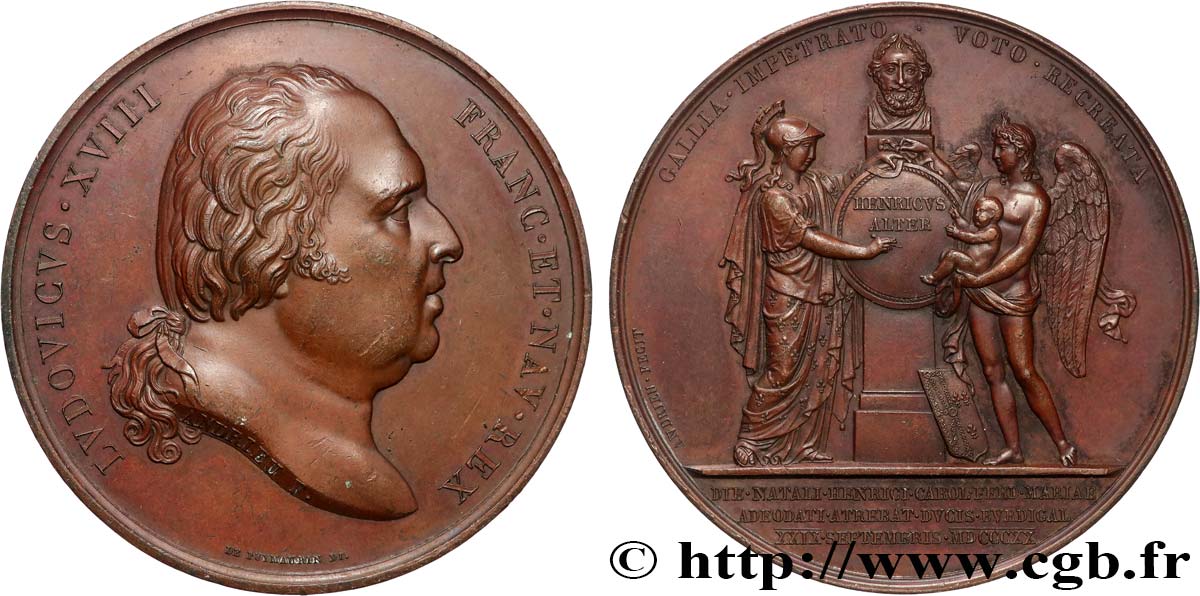
 对产品描述纠错
对产品描述纠错 打印
打印 分享我的选择
分享我的选择 提问
提问 Consign / sell
Consign / sell
 产品介绍
产品介绍

